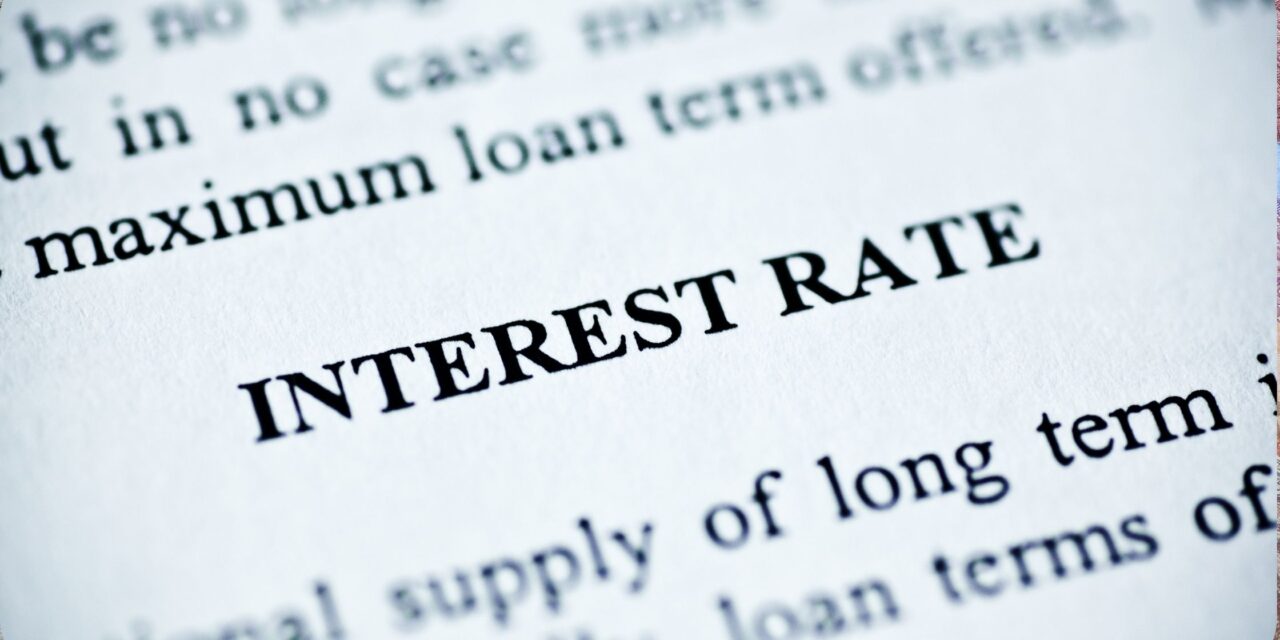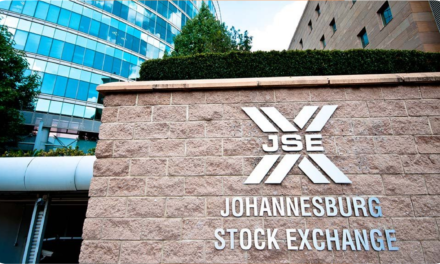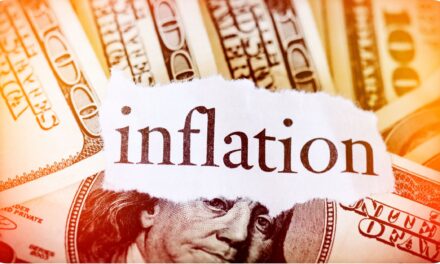DEVELOPED MARKETS
The greenback seesawed between gains and losses, ending the day weaker against most major rivals, although within familiar levels. Demand for the greenback eased as yields retreated further. The yield on the 10-year Treasury note currently stands at 1.54%, while that on the 2-year note ticked higher, now at 0.50%. The yield curve is flattening, usually a hint of a rate hike cycle.
From the US, the headline Durable Goods Orders declined 0.4% MoM in September as against consensus estimates pointing to a fall of 1.1%. Adding to this, orders excluding transportation items matched expectations and rose 0.4% during the reported month, though did little to provide any respite to the USD. However, a softer risk tone – as depicted by a modest pullback in the equity markets – helped limit deeper losses for the safe-haven greenback. Investors also seemed reluctant to place aggressive bets around the euro heading into the highly-anticipated European Central Bank (ECB) meeting on Thursday. The combination of factors capped the upside for the major.
Speculation of tighter monetary policies across the board was fueled by news that Australian inflation surged at its fastest annual pace since 2015 in the three months to September. According to the official report, the RBA Trimmed Mean CPI was up 2.1% YoY, well above the 1.8% expected and the previous 1.6%. The quarterly figure printed at 0.7% up from 0.5% in the second quarter. Investors were caught off guard and rushed to price in an earlier interest rate hike.
For more trading tools, real time data and technical analysis visit us https://lotusacademy.africa/
Additionally, the Bank of Canada announced it has decided to end its weekly purchases of government bonds, the first central bank to end pandemic-related facilities, surprising investors who were speculating on a gradual reduction of QE. The US Federal Reserve, the Bank of England and even the European Central Bank, are also in the tapering path, with movements there expected for the next quarter. The Bank of Japan and the ECB will announce their decisions this Thursday, while the Fed will meet next week.
Global indexes edged mostly lower. In Wall Street, only the Nasdaq Composite was able to post some gains.
EMERGING MARKETS
Brazil’s central bank on Wednesday raised interest rates by 150 basis points and signaled another such hike this year, stepping up the world’s most aggressive tightening cycle after the government moved to loosen its constitutional spending limit.
The bank’s rate-setting committee, known as Copom, decided unanimously to raise its benchmark Selic interest rate to 7.75% as only three of the 36 economists polled by Reuters forecast. Most had expected a third-straight increase of a full percentage point, while fresh fiscal concerns last week led five economists to project a 125-basis-point hike
“Recent questioning regarding the fiscal framework increased the risk of deanchoring inflation expectations,” wrote Copom in the statement here accompanying Wednesday’s rate decision.
The committee forecast another increase of 150 basis points for the benchmark rate at its next meeting in December, adding that its baseline scenario now called for pushing rates “even further” into restrictive territory.
LOCAL MARKETS
As calls continue to grow regarding interest rate hikes how much longer can the reserve bank hold rates steady? We are of the view that rate hikes locally will be better in Q1 2022 as the recent riots as well as yesterdays loadshedding announcement will definitely stifle growth heading into the festive season.
As inflation continues to increase, Reserve Bank Governor Lesetja Kganyago recently stated ” South Africa will raise its benchmark interest rate if accelerating inflation becomes persistent. Should that be a risk that the rise in inflation is persistent and not transitory, there is no question that policy will have to adjust,” he said. “If the rise in inflation brings persistence, it’s important that policymakers act with resolve.” As the rand has taken a battering this week, this only adds another important factor in considering a rate hike. Time will tell as eyes and ears are focused on the Reserve Bank heading into November.
Learn more about Financial Markets and learn to trade through an extensive accredited course right here https://lotusacademy.africa/product/skills-certificate-in-financial-markets/
The Rand continued weakening yesterday as power utility Eskom extended scheduled power cuts because of a shortage of generation capacity. On Wednesday, the rand was trading at R15.07/US$.
CRYPTOCURRENCIES
Bitcoin met resistance near $64,000 on Tuesday and has since declined to below the $60000 handle. Currently, BTC is trading just below $60,000 and additional losses could be witnessed if this support fails. Potential for buyers to step back in around the $52-$54000 should be monitored. Ethereum loses its bullish momentum, yet new all-time highs near $4,400 remain a possibility.
The surprise of the week as the big name crypto players are seeing a pullback has been Shiba Inu, On Wednesday, the price of Shiba Inu coin—which trades as SHIB—surged 33% to reach an all-time high of $0.00005478. The record price represents a near doubling of the value of the Shiba Inu coin in the past week. Shiba Inu’s market cap is now $27 billion, making it the 11th most valuable cryptocurrency token in the world, according to CoinGecko. Overnight Siba has seen another 40% gain overnight adding to its incredible surge of over 60,000,000% over the past year.
Gold edged higher, ending the day around $1,796 a troy ounce, while crude oil prices plummeted. WTI settled at $82.10 a barrel after the EIA reported a larger than anticipated build in local stockpiles of 4.267 million.
SOURCES: REUTERS





